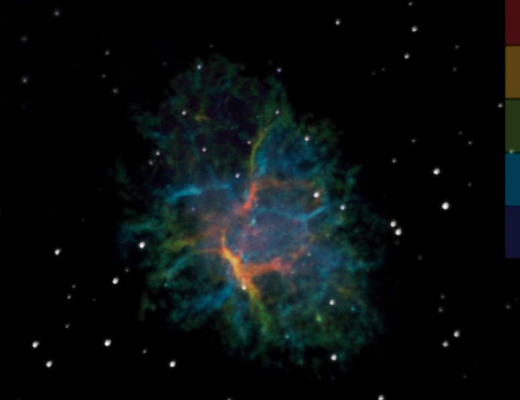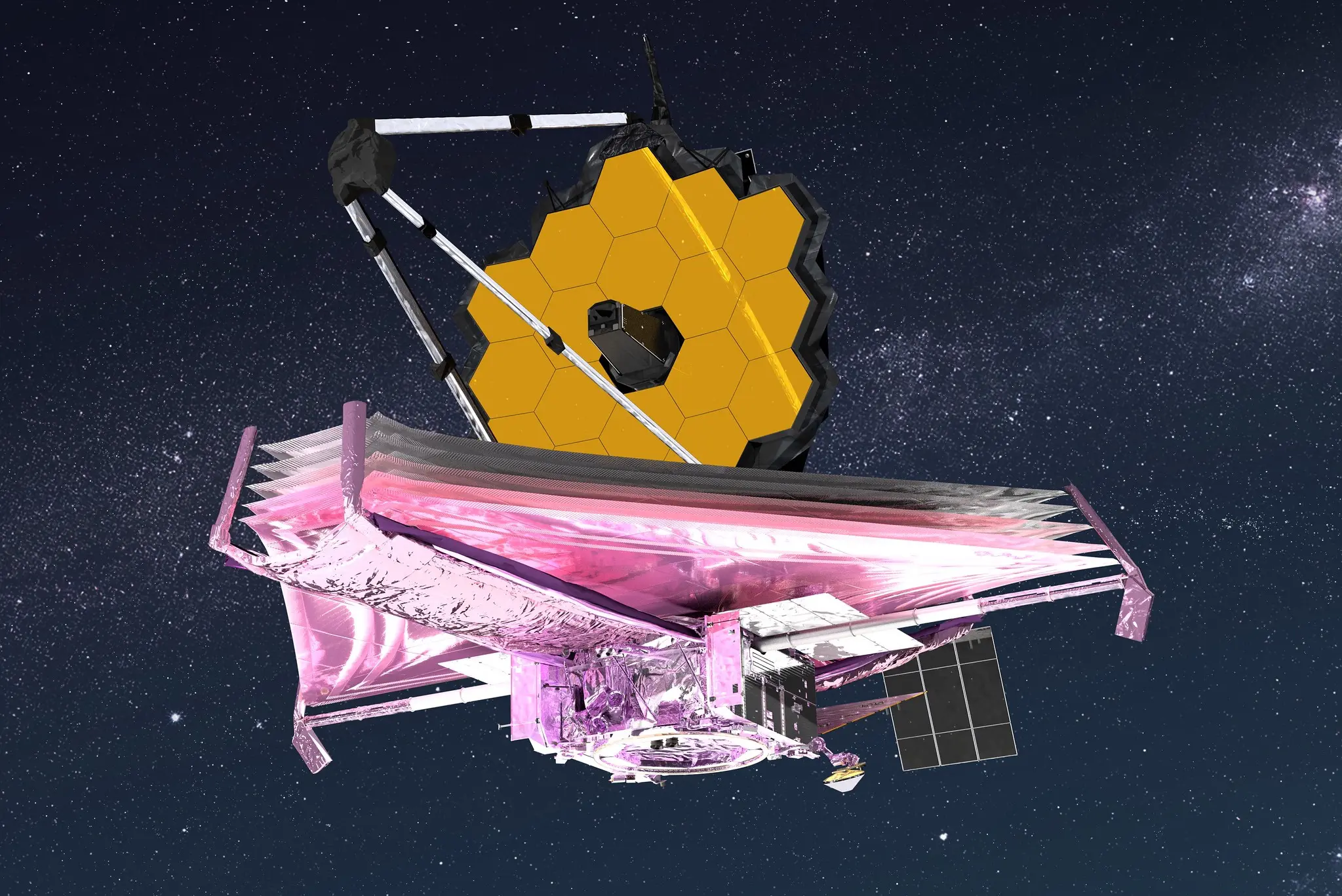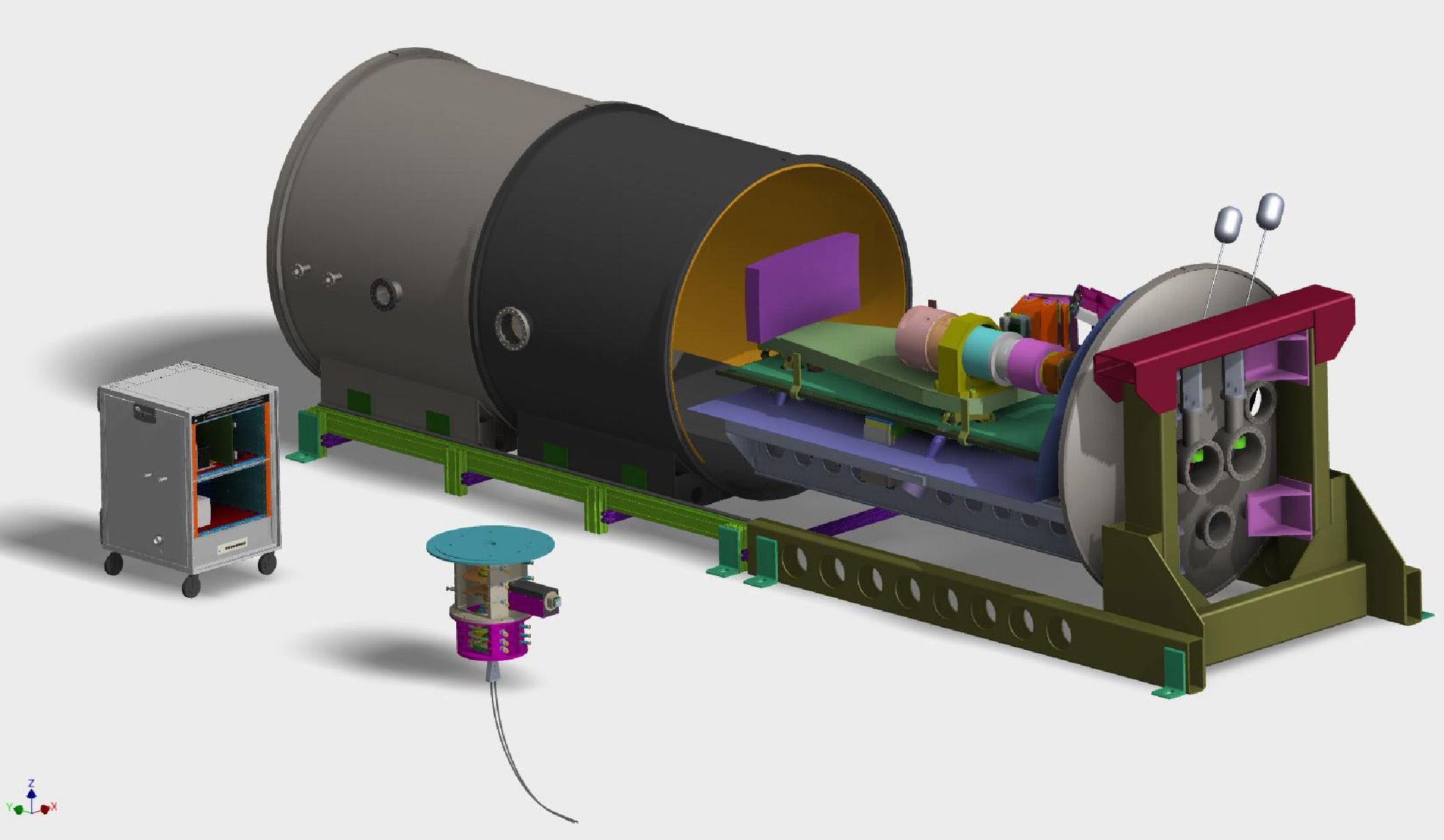A new planet hunter awakens: NIRPS instrument sees first light
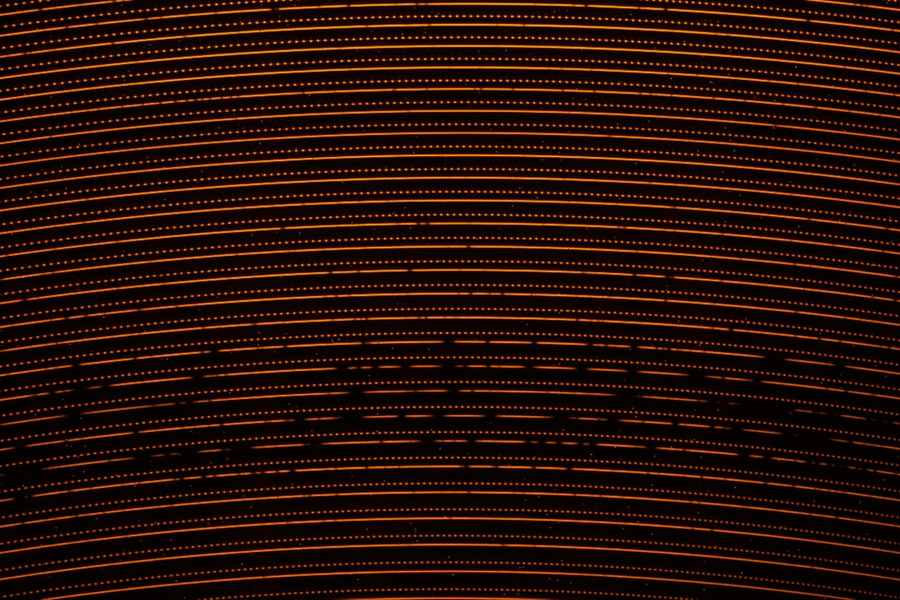
The Near InfraRed Planet Searcher (NIRPS) instrument, developed in part at the Université de Montréal and the Université Laval, has successfully performed its first observations. Mounted on ESO’s 3.6-m telescope at the La Silla Observatory in Chile, NIRPS’s mission is to search for new exoplanets around stars in the solar neighbourhood.
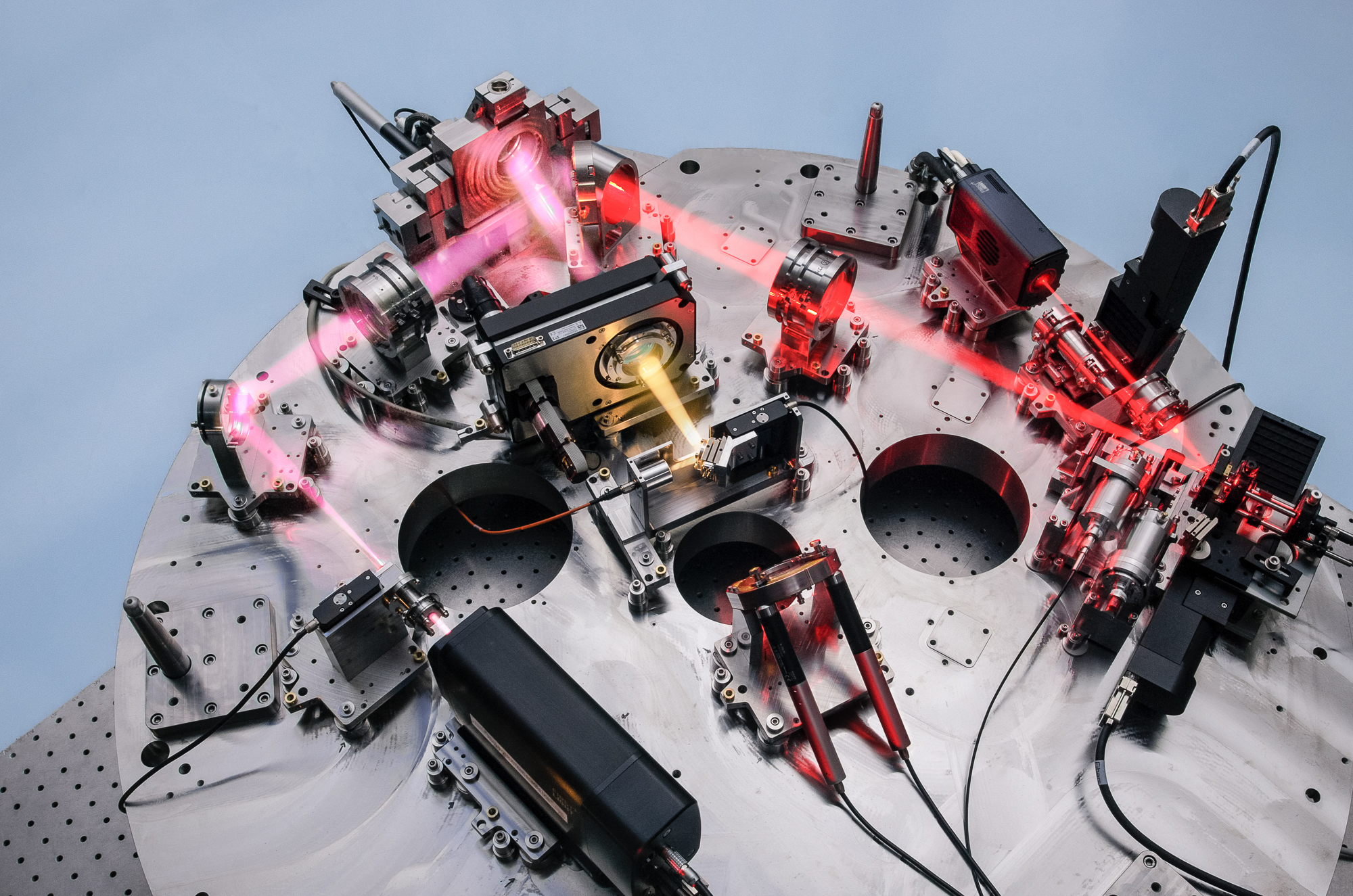
An image of the NIRPS instrument and its adaptive optics system. (Credit: N. Blind/Geneva Observatory/NIRPS/ESO Consortium)
“NIRPS has been a long time in the making, and I’m thrilled with how this mission has come together!” says René Doyon, Director of the Observatoire du Mont-Mégantic and Institute for Research on Exoplanets, Université de Montréal, and co-Principal Investigator of NIRPS. “This incredible infrared instrument will help us find the closest habitable worlds to our own Solar System.”
The instrument will focus its search on rocky worlds, which are key targets for understanding how planets form and evolve, and are the most likely planets where life may develop. NIRPS will search for these rocky exoplanets around small, cool red dwarf stars — the most common type of stars in our Milky Way galaxy, which have masses from about two to ten times smaller than our Sun.
NIRPS will search for exoplanets using the radial velocity method. As a planet orbits a star, its gravitational attraction causes the star to “wobble” slightly, causing its light to be redshifted or blueshifted as it moves away from or towards Earth. By measuring the subtle changes in the light from the star, NIRPS will help astronomers measure the mass of the planet as well as other properties.
NIRPS will search for these spectral wobbles using near-infrared light as this is the main range of wavelengths emitted by such small, cool stars. It joins the High Accuracy Radial velocity Planet Searcher (HARPS) in the hunt for new rocky worlds. HARPS, which has been installed on ESO’s 3.6-m telescope at the La Silla Observatory in Chile since 2003, also uses the radial velocity method, but operates using visible light. Using both instruments simultaneously will provide a more comprehensive analysis of these rocky worlds.
Another key difference between the two instruments is that NIRPS will rely on a powerful adaptive optics system. Adaptive optics is a technique that corrects for the effects of atmospheric turbulence, which cause stars to twinkle. By using it, NIRPS will more than double its efficiency in both finding and studying exoplanets.
“NIRPS joins a very small number of high-performance near-infrared spectrographs and is expected to be a key player for observations in synergy with space missions like the James Webb Space Telescope and ground-based observatories,” adds François Bouchy, from the University of Geneva, Switzerland, and co-Principal Investigator of NIRPS.
Discoveries made with NIRPS and HARPS will be followed up by some of the most powerful observatories in the world, such as ESO’s Very Large Telescope and the upcoming Extremely Large Telescope in Chile (for which similar instruments are in development). By working together with both space- and ground-based observatories, NIRPS will be able to gather clues on an exoplanet’s composition and even look for signs of life in its atmosphere.

To be able to operate in the infrared, the Near Infrared Planet Searcher (NIRPS) instrument needs to be kept extremely cool, to prevent heat from interfering with the observations. Here we see the cylindrical cryogenic chamber within which the instrument’s optical parts are installed. The cryogenic chamber keeps the components in a vacuum environment and cooled down to a freezing -190 degrees Celsius. (Credit: F. Bouchy/Observatoire de Genève/NIRPS consortium/ESO)
NIRPS was built by an international collaboration led by the Observatoire du Mont-Mégantic and the Institute for Research on Exoplanets team at the Université de Montréal in Canada and the Observatoire Astronomique de l’Université de Genève in Switzerland. Much of the mechanical and optical assembly and testing of the instrument was performed over the last few years at Université Laval’s Centre for Optics, Photonics and Lasers (COPL) laboratories by Prof. Simon Thibault and his team. The National Research Council of Canada’s Herzberg Astronomy and Astrophysics Research Centre contributed to the conception and construction of the spectrograph.
“After two years of integrating and testing the instrument in the lab, it is amazing for the optical engineering team to see NIRPS on the sky.” mentions Prof. Simon Thibault who is affiliated with the COPL and iREx and who overviewed optical integration and test phases at Université Laval.
Many Canadian members of the NIRPS have been working on site at La Silla for the instrument’s commissioning period and will continue to do so over the next several months to ensure the NIRPS’s scientific operations. The NIRPS science team, which includes several Canadian astronomers, is guaranteed 720 nights on the instrument during its first 5 years of operations due to their important contribution to the project. While the whole team was excited for NIRPS’s first light, it is safe to say that the best is yet to come!
More Information
The institutes involved in the NIRPS consortium are the Université de Montréal, Canada; the Université de Genève, Observatoire Astronomique, Switzerland; the Instituto de Astrofísica e Ciências do Espaço, Porto, Portugal; the Instituto de Astrofísica de Canarias, Spain; the Université de Grenoble, France; and the Universidade Federal do Rio Grande do Norte, Brazil.
The Canadian NIRPS team, led by Université de Montréal/The Institute for Research on Exoplanets/Observatoire du Mont-Mégantic and including Université Laval, the National Research Council of Canada’s Herzberg Astronomy and Astrophysics Research Centre, and the Royal Military College, was awarded funding by the Canadian Fund for Innovation to build the NIRPS instrument.
Contacts
René Doyon
Professor, NIRPS co-Principal Investigator
Institute for Research on Exoplanets and Observatoire du Mont-Mégantic — Université de Montréal
Tel: +1 514 343 6111 x3204
Email: rene.doyon@umontreal.ca
Frédérique Baron
NIRPS Deputy Project Manager
Observatoire du Mont-Mégantic — Université de Montréal
Montréal
Tel: +1 514 277 2858
Email: frederique.baron@umontreal.ca
Simon Thibault
Professor, NIRPS optical engineering team
Centre for Optics, Photonics and Lasers — Université Laval
Québec
Tel: +1 418 656 2131 x 412766
Email: simon.thibault@phy.ulaval.ca
Anne-Sophie Poulin-Girard
Research Associate, NIRPS optical engineering team
Centre for Optics, Photonics and Lasers — Université Laval
Québec
Tel: +1 418 656 2131 x 404646
Email: anne-sophie.poulin-girard@copl.ulaval.ca
Nathalie Ouellette
Coordinator
Institute for Research on Exoplanets — Université de Montréal
Tel: +1 613 531 1762
Email: nathalie.ouellette.2@umontreal.ca
